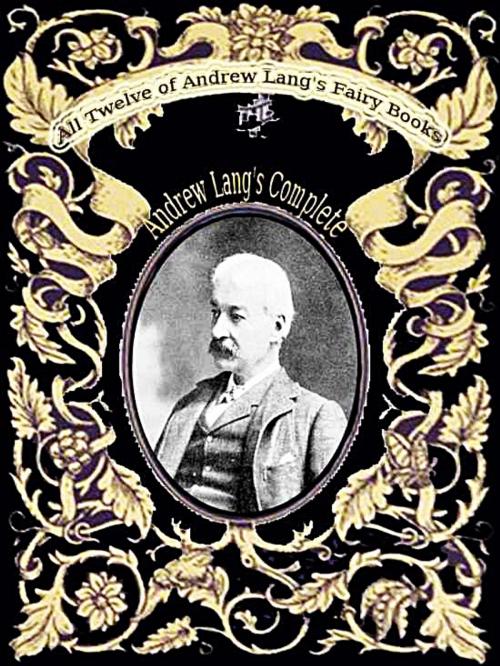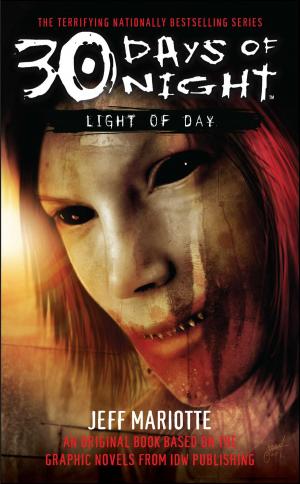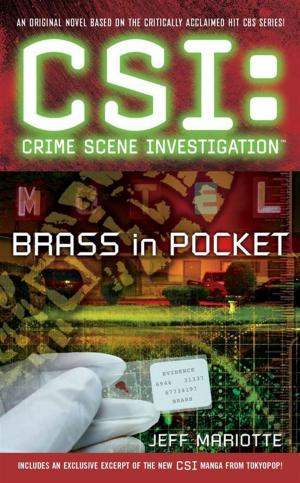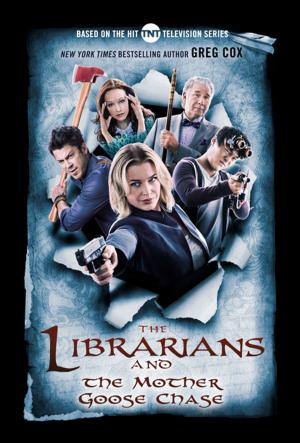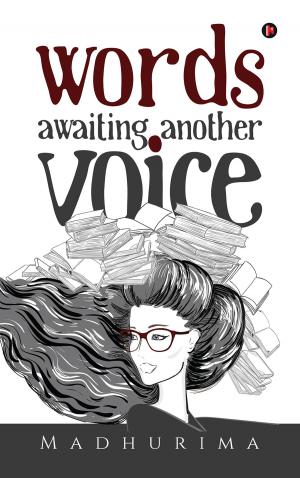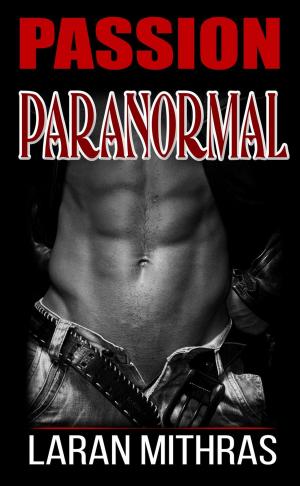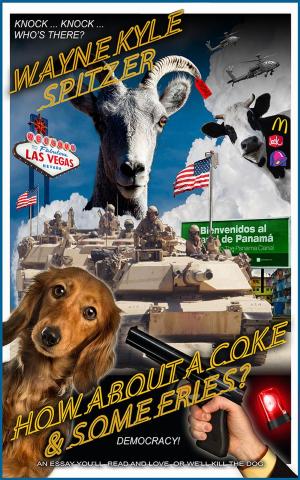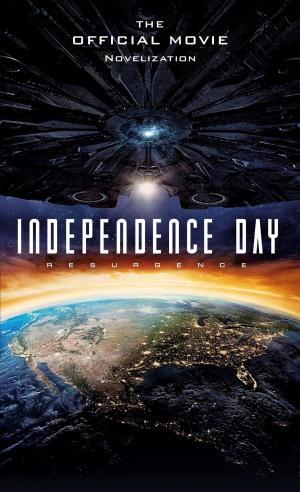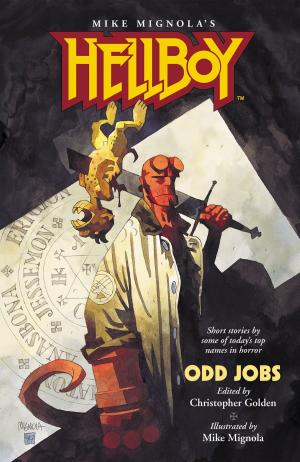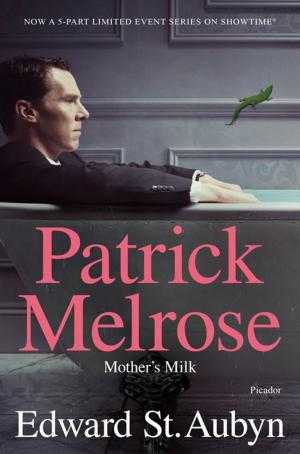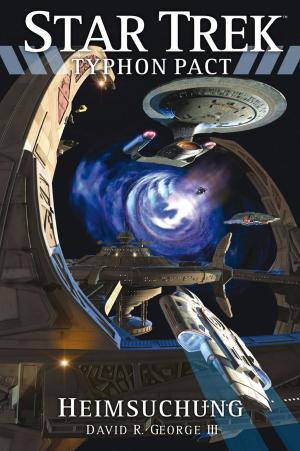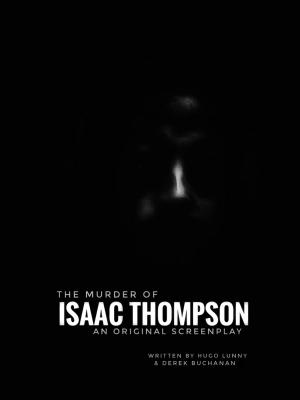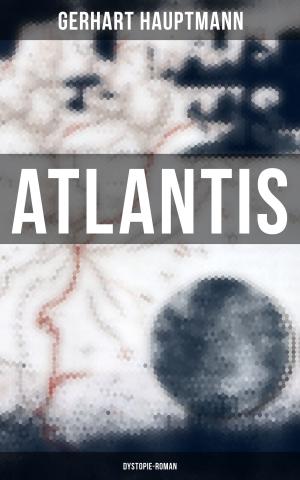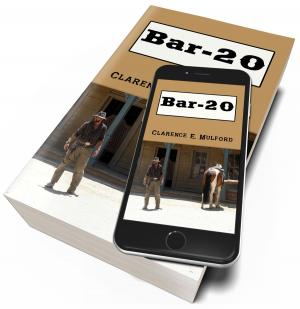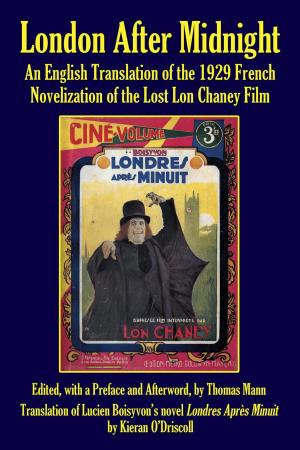The Fairy Books of Andrew Lang
All Stories in the 12 Volumes / Andrew Lang's Complete "Fairy Book" Series
Fiction & Literature, Movie & Television Tie-Ins| Author: | Andrew Lang | ISBN: | 1230000035688 |
| Publisher: | Power Classic Publishing | Publication: | November 28, 2012 |
| Imprint: | Language: | English |
| Author: | Andrew Lang |
| ISBN: | 1230000035688 |
| Publisher: | Power Classic Publishing |
| Publication: | November 28, 2012 |
| Imprint: | |
| Language: | English |
12 Books in 1: Andrew Lang's Complete "Fairy Book" Series. The Blue, Red, Green, Yellow, Pink, Grey, Violet, Crimson, Brown, Orange, Olive, and Lilac ... and Fairy Stories From Around The World
The Classic Children's Books: All Twelve of Andrew Lang's Fairy Books, in a single file .
Fairy tales are the oldest stories in the world. They were first made by adults who were childlike for their own amusement, and so they amuse children still, and also grown-up people who have not forgotten how they once were children. The stories in these books are borrowed from many countries; some are French, some German, some Russian, some Italian, some Scottish, some English, one Chinese. However much these nations differ about trifles, they all agree in liking fairy tales. The reason, no doubt, is that men were much like children in their minds long ago, long, long ago, and so before they took to writing newspapers, and sermons, and novels, and long poems, they told each other stories, such as you read in the fairy books. They believed that witches could turn people into beasts, that beasts could speak, that magic rings could make their owners invisible, and all the other wonders in the stories. Then, as the world became grown-up, the fairy tales which were not written down would have been quite forgotten but that the old grannies remembered them, and told them to the little grandchildren: and when they, in their turn, became grannies, they remembered them, nd told them also. In this way these tales are older than reading and writing, far older than printing. (Unexpurgated edition of Andrew Lang's Complete "Fairy Book" Series, including The Blue, Red, Green, Yellow, Pink, Grey, Violet, Crimson, Brown, Orange, Olive, and Lilac Fairy Books. "The Rose Fairy Book" is not included in this anthology, because the stories it contains can be found in the Grey, Brown, Pink, Lilac and Orange Fairy Books.)
The Fairy Books, or "Coloured" Fairy Books is a collection of fairy tales divided into twelve books, each associated with a different colour. Collected together by Andrew Land they are sourced from a number of different countries and were translated by Lang's wife and other translators who also retold many of the tales. The collection has been incalculably important and, although he did not source the stories himself direct from the oral tradition he can make claim to the first English translation of many.
About the Author
Lang's urge to collect and publish fairy tales was rooted in his own experience with the folk and fairy tales of his home territory along the English-Scottish border. When Lang began his efforts, he was fighting against the critics and educationists of the day, who judged the traditional tales' "unreality, brutality, and escapism to be harmful for young readers, while holding that such stories were beneath the serious consideration of those of mature age."
12 Books in 1: Andrew Lang's Complete "Fairy Book" Series. The Blue, Red, Green, Yellow, Pink, Grey, Violet, Crimson, Brown, Orange, Olive, and Lilac ... and Fairy Stories From Around The World
The Classic Children's Books: All Twelve of Andrew Lang's Fairy Books, in a single file .
Fairy tales are the oldest stories in the world. They were first made by adults who were childlike for their own amusement, and so they amuse children still, and also grown-up people who have not forgotten how they once were children. The stories in these books are borrowed from many countries; some are French, some German, some Russian, some Italian, some Scottish, some English, one Chinese. However much these nations differ about trifles, they all agree in liking fairy tales. The reason, no doubt, is that men were much like children in their minds long ago, long, long ago, and so before they took to writing newspapers, and sermons, and novels, and long poems, they told each other stories, such as you read in the fairy books. They believed that witches could turn people into beasts, that beasts could speak, that magic rings could make their owners invisible, and all the other wonders in the stories. Then, as the world became grown-up, the fairy tales which were not written down would have been quite forgotten but that the old grannies remembered them, and told them to the little grandchildren: and when they, in their turn, became grannies, they remembered them, nd told them also. In this way these tales are older than reading and writing, far older than printing. (Unexpurgated edition of Andrew Lang's Complete "Fairy Book" Series, including The Blue, Red, Green, Yellow, Pink, Grey, Violet, Crimson, Brown, Orange, Olive, and Lilac Fairy Books. "The Rose Fairy Book" is not included in this anthology, because the stories it contains can be found in the Grey, Brown, Pink, Lilac and Orange Fairy Books.)
The Fairy Books, or "Coloured" Fairy Books is a collection of fairy tales divided into twelve books, each associated with a different colour. Collected together by Andrew Land they are sourced from a number of different countries and were translated by Lang's wife and other translators who also retold many of the tales. The collection has been incalculably important and, although he did not source the stories himself direct from the oral tradition he can make claim to the first English translation of many.
About the Author
Lang's urge to collect and publish fairy tales was rooted in his own experience with the folk and fairy tales of his home territory along the English-Scottish border. When Lang began his efforts, he was fighting against the critics and educationists of the day, who judged the traditional tales' "unreality, brutality, and escapism to be harmful for young readers, while holding that such stories were beneath the serious consideration of those of mature age."
